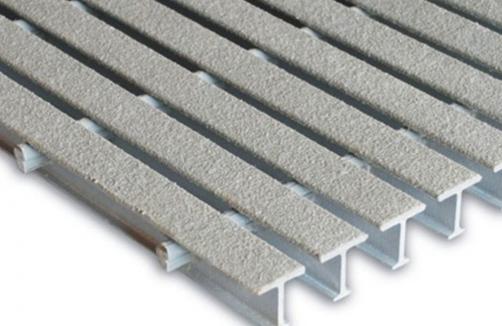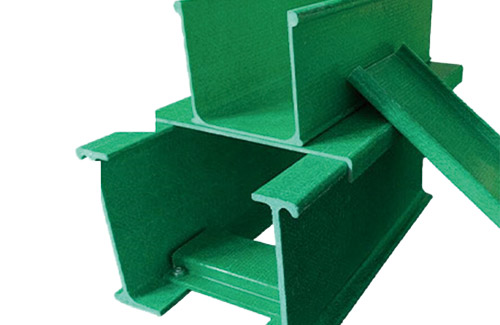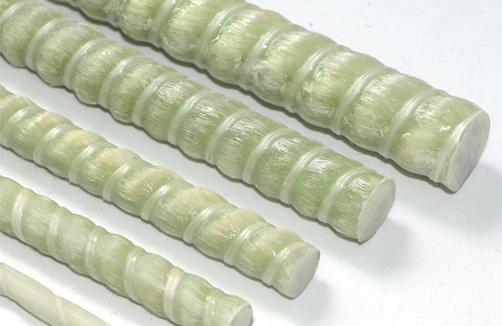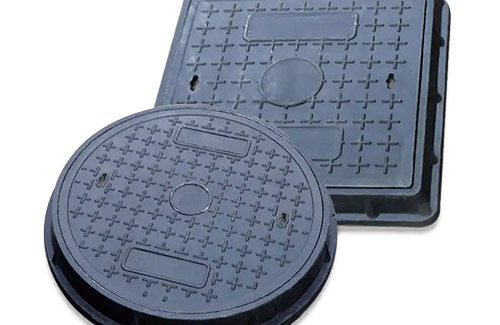Ultraviolet (UV) degradation is a form of photo-corrosion caused by light with extremely small wavelengths; roughly between 10 – 400 nanometers (nm). Waves in this band are shorter than those of visible light and are invisible to the naked eye, yet they comprise as much as 10% of the total light output of the sun. Humans may be incapable of seeing UV radiation, but its effects on materials are self-evident, particularly in sunny climates. Photo-bleaching by UV radiation affects textiles, wood, steels, aluminum, polymers, and much more, producing optical inconsistencies and accelerating other forms of corrosion.
Color Fading of Fiberglass Products
Fiberglass products that are continuously exposed to UV radiation may succumb to unsightly color fading. This phenomenon is not unique to fiberglass, however, and it has no bearing on the structural integrity of the part. The degree of fading varies dramatically depending on the color of the part, the intensity, and duration of direct sunlight, and the presence or lack thereof of surface veiling materials.
Veiling the exposed surfaces of components is one of the most effective methods of reducing the effects of photo-bleaching in fiberglass products. UV-stabilized polyurethane-based paint provides long-lasting protection against color fading, ensuring that external components retain their design-specification aesthetics for as long as possible.
Fiber Blooming due to UV Exposure
There is a more complex form of UV degradation that is exclusive to fiberglass products, however. Constant exposure to subvisible rays of light can cause a weakening of the glass fibers in fiberglass products, causing them to become exposed in a process known as “fiber blooming”. This firstly results in optical and tactile inconsistencies, which may be uncomfortable to touch. Without proper maintenance, this surface flaw can cause mechanical and structural damage that affect the practical qualities of the product.
Surface veiling and coating can assist in the prevention of fiber blooming, but the most robust UV-resistance is ensured with a polymeric resin impregnated with UV inhibitors. This is integrated into fiberglass products at the pultrusion stage, providing uniform UV-resistance across the entire component cross-section.








